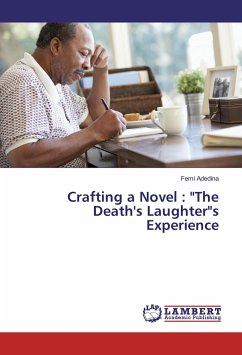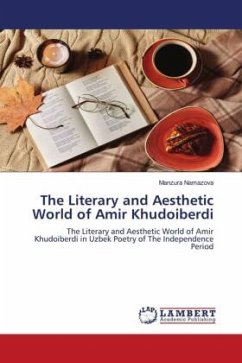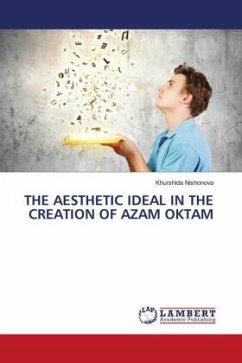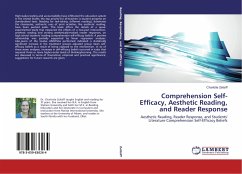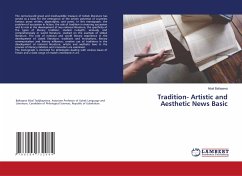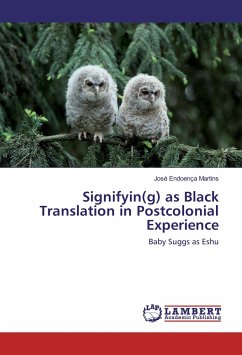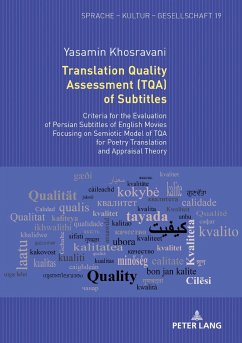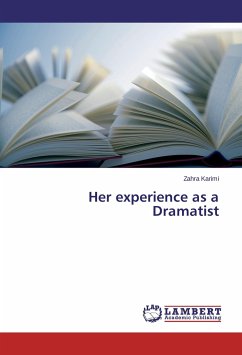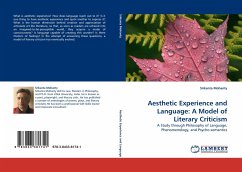
Aesthetic Experience and Language: A Model of Literary Criticism
A Study through Philosophy of Language, Phenomenology, and Psycho-semantics
Versandkostenfrei!
Versandfertig in 6-10 Tagen
52,99 €
inkl. MwSt.

PAYBACK Punkte
26 °P sammeln!
What is aesthetic experience? How does language reach out to it? Is it one thing to have aesthetic experience and quite another to express it? What is the human dimension behind creation and appreciation of articulate art like literature, so that, as soon as readers are ushered into an imagined-to-be-perceptible world, they acquire a mode of consciousness? Is language capable of creating this wonder? Is there rhetoric of feelings? In the attempt of answering these questions, a model of literary criticism has eventually evolved.



